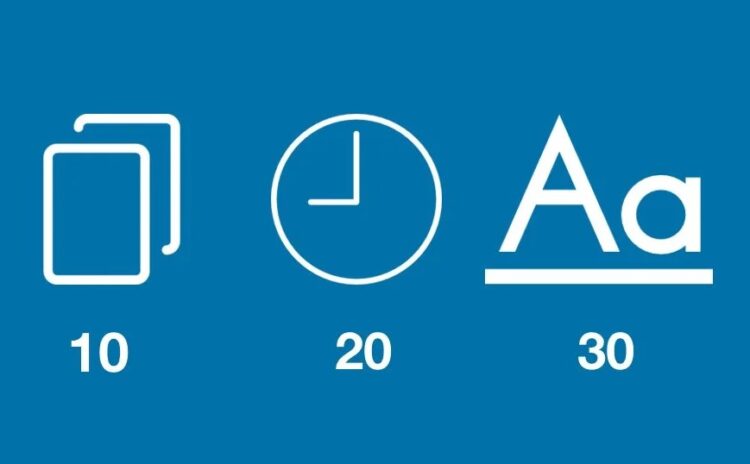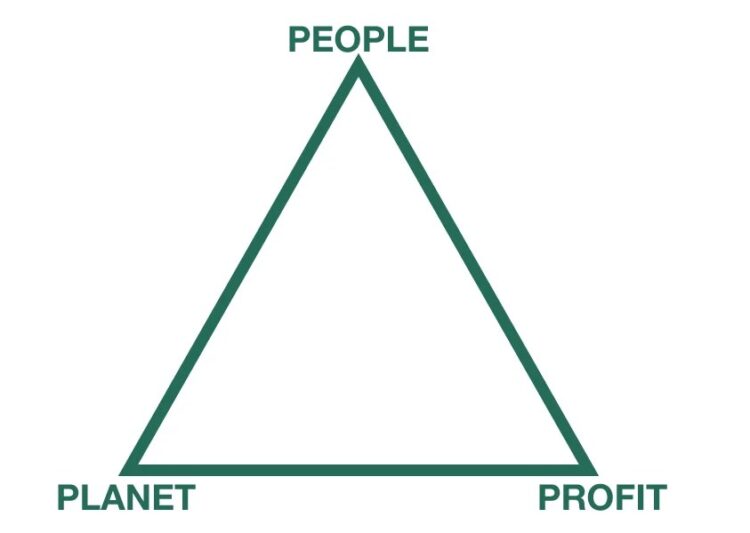It’s a great feeling when you land a proposal meeting with a prospective new client. Unfortunately, too many companies squander these golden opportunities by showing up insufficiently prepared.
If you can find a way to flip that script, you’ll land more of your ideal clients and expand your business appropriately. Here are eight powerful suggestions.
Page Contents
1. Set Expectations in Advance

img source: peoplebox.ai
Before the meeting takes place, give the prospect an idea of what they can expect. Let them know who will attend the meeting, what will be discussed, and that there will be no pressure to commit to anything on the spot.
Frame it as a “discovery” meeting for both parties to figure out whether this could be a good fit. You want to put them at ease because then they’ll let down their guard.
2. Nail the First Five Minutes
The first five minutes of the proposal meeting are crucial. Use this time to build some rapport and get everyone to feel comfortable. This is also a great time to explain the agenda and establish expectations.
3. Show Up Prepared

img source: onboardmeetings.com
Always show up to a meeting fully prepared. If you haven’t spent at least an hour of time researching the prospect online prior to the event, you haven’t done enough.
Here are specific steps you should always take:
- Visit their website and review all key pages. Make note of the language and tone they use. If you see a specific word or phrase used throughout the copy, make a note of it. You can use this word/phrase in the meeting to mirror their voice and build trust.
- Spend time on their social media profiles and absorb the type of content they share and who engages with their posts.
- Run a Google search for their name and see what comes up.
- Tap into your network and find out if you know anyone who is familiar with the prospect. If so, set up an opportunity to chat for at least a few minutes.
- When you do this kind of research on the front end, it comes through loud and clear. The prospect will recognize the fact that you’ve done your homework and will be suitably impressed.
4. Design a Simple Presentation Package
It’s always a good idea to create a simple presentation package you can hand to the prospect at the start of the meeting (if you meet in person). This can include such items as:
- A booklet or brochure about your company’s accomplishments, past results, mission, etc. (Designing these promo materials is easy with a company like PrintingCenterUSA.)
- A branded notepad and pen for taking notes
- A printed copy of the slide deck you’ll be presenting
- A bottle of water and a snack
If you meet virtually, you can share these documents in a PDF format. You’ll have to skip the water and snack, but there are plenty of other creative ways to make people feel appreciated.
5. Use the 10-20-30 Rule

img source: lifehack.org
Entrepreneur Guy Kawasaki has given hundreds of presentations and pitches throughout his career. He’s observed thousands more in the role of venture capitalist and business owner.
So Kawasaki knows a thing or two about excellent presentations. His best piece of advice is to follow what he terms the “10-20-30 Rule.”
- No more than 10 slides
- No more than 20 minutes in length
- No smaller than 30-point font on your slides
The goal is to keep the presentation simple and sleek. By sticking to these three principles, you’ll minimize any confusion that can be created by too much detail and complexity. This also forces you largely to explain the idea verbally, rather than rely on a massive slide deck to do the talking for you.
6. Anticipate FAQs
You should always leave plenty of time in a proposal meeting for questions. And if you anticipate the frequently asked questions ahead of time, you’ll come across as much more competent.
“If you’ve been running your business for a while, you have a pretty good idea about the potential questions you may get,” BetterProposals.io explains. “The research that you do on the client and their competitors will also help you anticipate some questions that you may get.”
When answering, always acknowledge that the question is a good one. (You can say something like “Great question!” or “I don’t get that question a lot, but it’s a good one” or “I can tell you did your research.”)
Next, acknowledge that you understand how they feel (if it’s a question rooted in a concern). Finally, give a simple and direct answer.
7. Follow the Triple P Strategy

img spurce: futurelearn.com
There are plenty of unique ways to approach a proposal, but the “Triple P Strategy” is always one of the best. It goes like this:
- Problem statement
- Proposed solution
- Pricing
You lead with a statement of their problem. (If you’ve done a good job of researching and listening on the front end, you can simply regurgitate what they’ve already told you about their problem). Then you present your solution. Then you touch on pricing. That’s it!
8. Always Provide a Clear Next Step
A failure to provide clear direction is one of the biggest mistakes entrepreneurs and sales professionals make during a proposal meeting. You can give the best presentation about the history of your industry, but if you don’t provide clear steps on how to proceed once the meeting concludes, you’re more likely to lose the client.
Regardless of what the prospect thinks – whether they’re on board, need to think about it, or they’re just not sold – you have to take control of what happens next. Rather than ask them to get back in touch with you, tell them you’ll follow up 24 hours, 48 hours, etc.
Go ahead and set the follow-up meeting right there. This keeps the process rolling forward, and increases the likelihood that you’ll win over the client.
Turn More Client Proposal Meetings Into Wins
A client proposal meeting demands time, energy, and a considerable amount of other internal resources. And guess what? It requires the same amount of time regardless of whether you win the client or they select someone else. So you might as well do it right.
You’ll ultimately have to decide the exact approach you use to present a proposal to each client, but if you implement the above tips as part of your strategy, your conversion rate will almost certainly increase.





